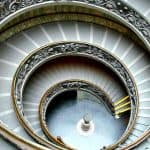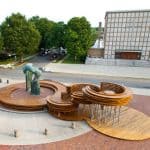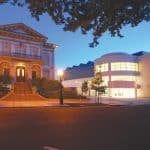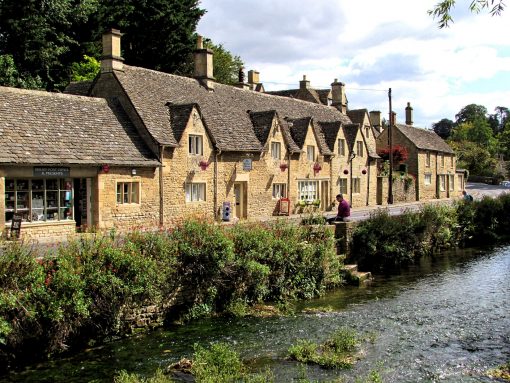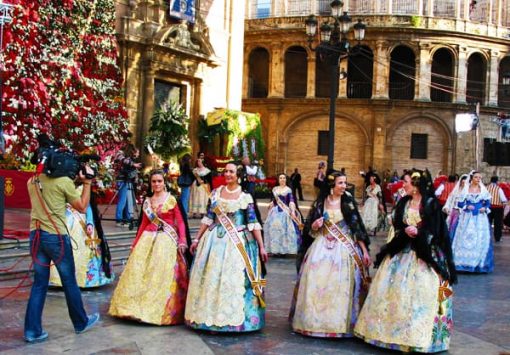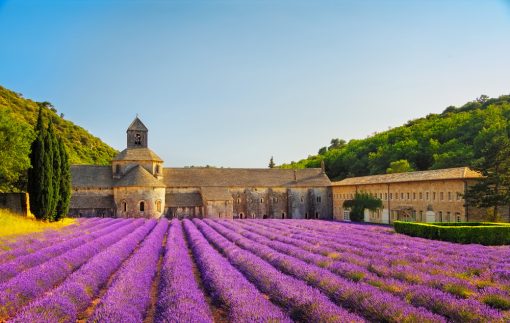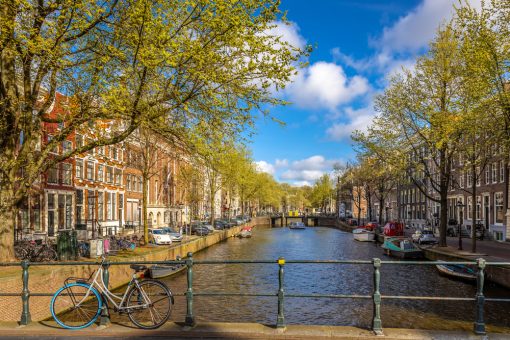The San Antonio De La Florida in Madrid, or the Royal Chapel of St.Anthony of La Florida is a chapel in central Madrid, most famous for its frescoes painted by Francisco de Goya. It’s also his final resting place, with his remains being moved there some time after his death. Due to its fame, a complete replica was built next to the chapel in 1928 to allow the original to be left as a museum. It’s also well-known for the event that takes place every year on June 13 when young unwed women come to pray to St Antonio for a partner.
The Chapel’s History
The land was originally a farm called La Florida, supplying part of the name, and the general area housed two other chapels built in the 1730s, before the third and final chapel was erected built in the shape of a Greek cross. This was done by Felipe Fontana from 1792 to 1798 and it was in this latter year that Goya arrived with his assistant Asensio Julia. The chapel is dedicated, as the rest of its name suggests, to the very popular and much loved saint St Antonio from Lisbon – also known as Anthony of Padua. He is noted for being a forceful preacher and expert in the knowledge of scripture and was the second fastest canonized saint. He is one that people pray to when objects or people are lost. His feast day is June 13th, the day when the pilgrimage of unwed women arrive at the Chapel to pray for husbands yet to be found.
Due to its wonderful and artistically important interior, as well as being such a homage to St Anthony, the Chapel was declared a National Monument in 1905, giving it protection. As already mentioned it was further preserved through the erection of its double alongside it.
Francisco de Goya died in Bordeaux in 1828, but almost one hundred years later in 1919 his remains were moved and the Chapel, a testament to his enormous skill, also became home to his tomb.
Goya’s Frescoes
Goya arrived at the Chapel in 1798 with his friend and assistant Asensio Julia, despite suffering from ear problems and deteriorating hearing and dizziness problems caused by a mysterious illness some years before. Even so, he travelled to the Chapel every day to work and finished it all in less than six months.
What is so interesting and unique about Goya’s frescoes in the Chapel is the fusion he created in them, blending the stories of Anthony, who lived almost five hundred years prior, and other traditional elements such as cherubs and angels with the clothing styles and landscapes of Goya’s contemporary Madrid. Indeed, the centerpiece, the miracle of St Anthony – which shows him reviving a murdered man – is placed in 18th century Madrid rather than 13th century Lisbon when it was supposed to have occurred. Also interesting is that this is placed in the central dome, which is usually reserved for the depiction of heaven. This, and the accompanying angels and cherubs, were moved further down the walls where these heavenly figures can often be seen drawing back drapes, as if revealing all for visitors.
Also along these walls was where Goya turned his hand to some of his favorite subjects – festivals and traditions of Madrid. He again used more contemporary images and scenes, but sometimes dressing them in historical clothing. He even added in landscapes of the city itself.
The San Antonio De La Florida is a beautiful building that remains a monument to some of Goya’s finest work. It’s a must-see treasure for anyone visiting this area of Madrid.
There are plenty of hotels and hostels in Madrid so it’s easy to stay centrally.
Author Bio: Carrie Thompson is a travel, food, and arts writer living in Madrid.
You might also enjoy
The Travelers Way occasionally accepts guest posts from fellow travel bloggers, friends within the travel industry, and as advertorial content.
